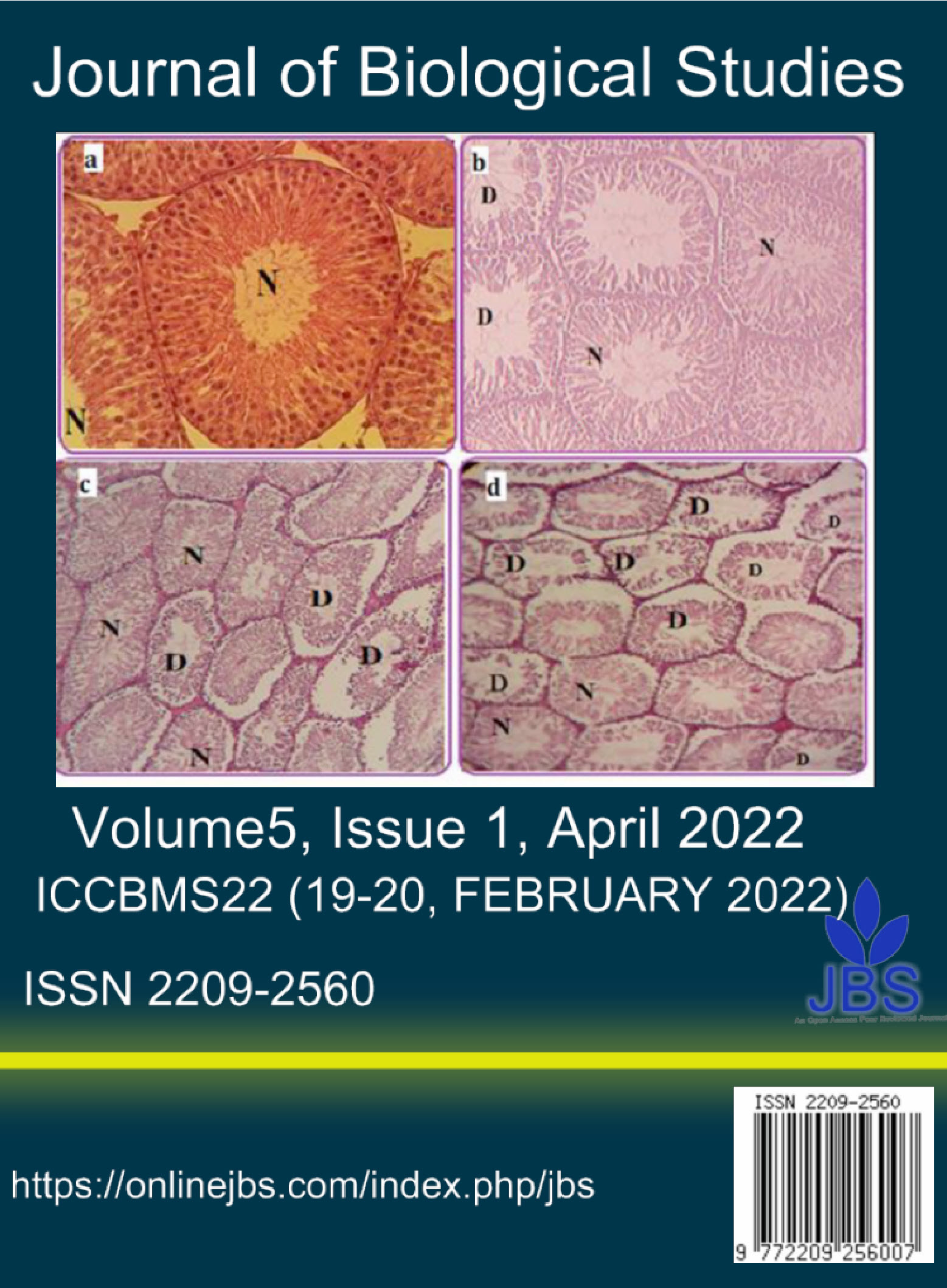Lead poisoning from contaminated flour
Main Article Content
Abstract
Lead widespread use has resulted in extensive environmental contamination, human exposure and significant public health problems in many parts of the world. Young children are particularly vulnerable to the toxic effects of lead and can suffer profound and permanent adverse health impacts. Lead also causes long-term harm in adults, including increased risk of high blood pressure and kidney damage. Exposure to lead can occur by contaminated air, water, dust, food, or consumer products. Lead is a cumulative poison, which produces a series of effects on blood forming tissues, the digestive and nervous systems, and the kidneys. The aim of this paper was the determiation of lead in blood of poisoning persons, as well as on contaminated flour and in contaminated milk. Between 1992 and 1998 some rural districts of north and southern Albania reported several massive outbreaks of lead intoxication. Intoxications were associated with the use of contaminated flour originating from rural old mills, whose cracked grindstones were repaired by using lead as a filling material. Almost 6,000 individuals living in the affected areas were exposed to the toxic pollutant. However, only 236 individuals were checked for lead blood exposure levels. Of these, almost half revealed clinical signs of lead poisoning. Lead analytical determinations were performed in blood, milk, and flour samples from the area population by using atomic absorption spectrometry. Lead levels in blood varied from 7.1 μg/dl to 91.6 μg/dl. Mean blood lead concentrations according to the age-groups varied from 39.18 μg/dl to 44.99 μg/dl, whereas the average lead levels in flour samples were 42 ppm, while in blended bovine milk 0.6 ppm. The levels of lead in blood samples, as well as in flour and milk have resulted higher than TLVs levels acceptable by WHO.
Article Details

This work is licensed under a Creative Commons Attribution 4.0 International License.
